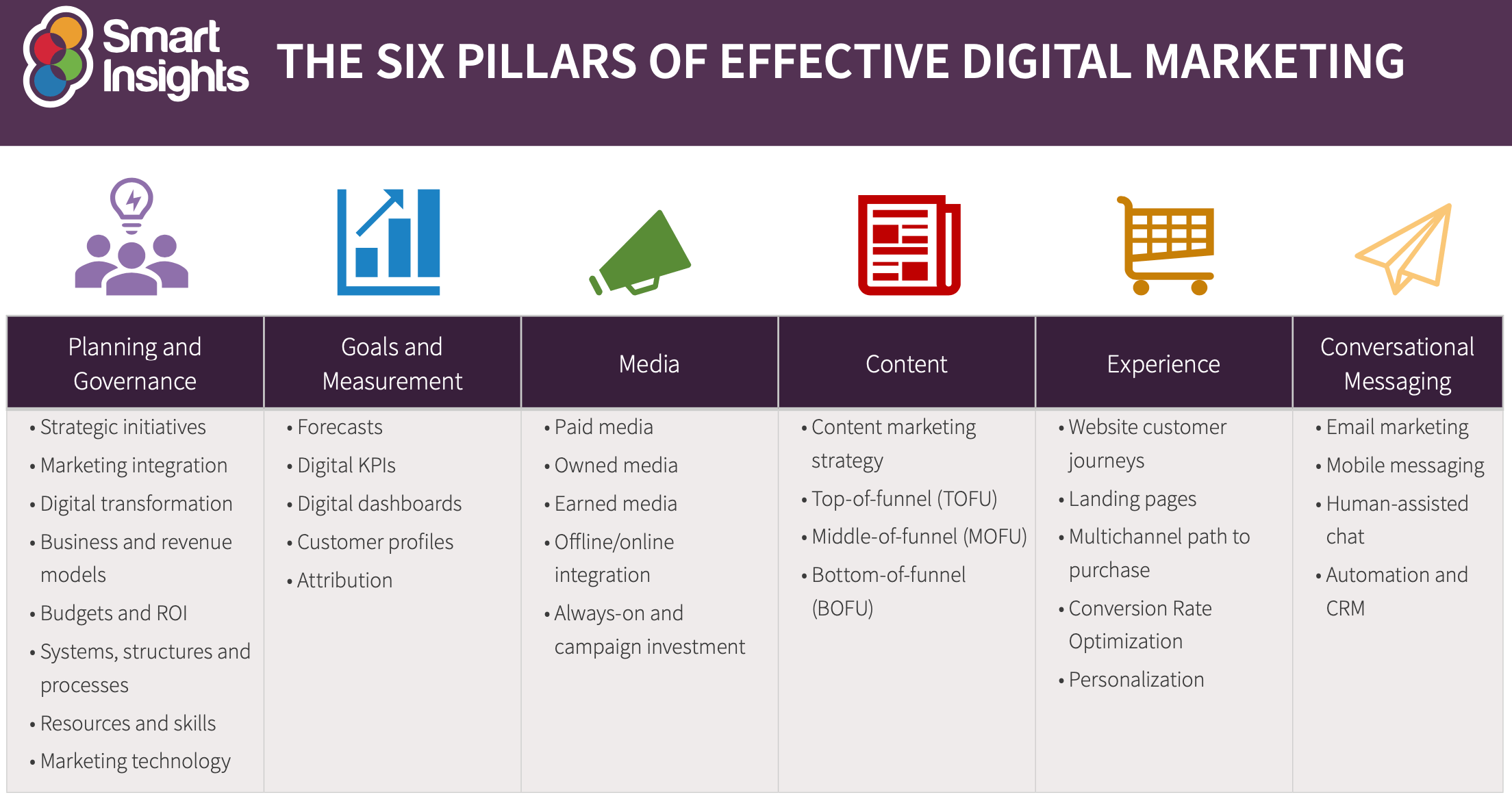Enhance Individual Experience and Drive Website Traffic With Responsive Website Design
In today's digital landscape, where users are accessing internet sites from a plethora of gadgets, receptive web design has actually ended up being much more important than ever before. With its capacity to adjust and effortlessly adjust to various screen dimensions, responsive layout not just enhances customer experience but additionally drives web traffic to your web site.
Why Responsive Internet Design Issues
Responsive website design is a crucial facet of modern internet development due to its capability to make certain optimum individual experience throughout various tools and screen sizes. With the spreading of mobile phones, tablet computers, and other mobile tools, it has ended up being critical for internet sites to adjust and give seamless capability despite the tool being used.
The main reason that responsive web layout matters is that it permits users to have a pleasurable and constant surfing experience, no matter the device they are making use of. A receptive site immediately readjusts its design, layout, and content aspects to fit the display dimension and resolution of the tool, making sure that users can easily navigate and engage with the internet site without any trouble or stress.
Moreover, responsive website design also plays a significant function in seo (SEO) Browse engines, such as Google, prioritize sites that are mobile-friendly and responsive in their search results page. By integrating responsive design principles, websites can improve their presence and position, bring about raised natural web traffic and prospective clients.

Boosting Customer Engagement With Responsive Design
Enhancing customer engagement is an essential objective of receptive design, as it guarantees that customers can easily gain access to and engage with internet site content on any type of gadget. With the increasing use mobile phones and tablet computers, it is crucial for web sites to adjust to various display dimensions and resolutions. Receptive design enables internet sites to immediately change their layout and web content to provide a seamless customer experience across devices.
One of the main ways responsive design boosts individual interaction is by minimizing lots times. With a receptive web site, individuals don't need to wait for different mobile variations to lots, causing quicker access to material. This enhanced speed results in higher user fulfillment and urges them to invest more time on the site.
Additionally, receptive layout boosts individual involvement by improving navigating and customer interface (The Ad Firm digital marketing). When a site is developed responsively, food selections and switches are maximized for touch interactions, making it easier for customers to interact and browse with the site on their mobile phones. This user-friendly and instinctive experience maintains individuals involved and motivates them to explore even more of the website
In addition, responsive layout permits far better material visibility and readability. By adjusting the layout and font dimensions to different gadgets, receptive web sites ensure that customers can conveniently understand the web content and read. This enhances individual involvement by decreasing the demand for zooming or scrolling to review the text.
Raising Web Site Website Traffic With Responsive Website Design
With the expanding popularity of mobile gadgets, having a web site that is receptive to various display dimensions and resolutions is important for driving enhanced web traffic. In today's digital landscape, customers are accessing sites from a range of gadgets such as smart devices, tablet computers, and desktop computer computer systems. Each of these tools has various display dimensions and resolutions, and if your internet site is not designed to adapt to these variations, it can lead to a poor user experience and a loss of potential traffic.
Receptive internet design ensures that your website looks and functions ideally throughout all tools. By utilizing versatile grids, liquid pictures, and media queries, receptive style enables your site to instantly adjust its content, format, and navigating to fit any display dimension. This implies that users will certainly have a smooth browsing experience despite whether they are utilizing a little smartphone or a huge desktop computer.
Key Components of Efficient Receptive Style
Efficient responsive style includes a number of vital elements that make sure a seamless user experience throughout various devices. This enables content to be displayed in a aesthetically enticing and readable manner on any type of gadget.
An additional important element is media inquiries. These permit developers to apply different styles and designs based upon the characteristics of the user's gadget, such as display size and positioning. By making use of media questions, developers can maximize the discussion of content for each tool, guaranteeing that it is legible and conveniently obtainable.
Receptive photos are additionally essential you could check here in effective responsive design. Images that are too big can decrease page load times on mobile devices, while images that are too small may show up pixelated on bigger displays. By utilizing methods such as responsive image resizing and lazy loading, designers can ensure that images are suitably sized and maximized for each and every gadget.
Finally, efficient responsive design involves a mobile-first strategy. This suggests prioritizing and designing web content for mobile phones initially, and then improving the design and broadening for larger screens. This strategy makes sure that the most vital web content is easily accessible on smaller sized displays, while still offering an abundant experience on larger devices.
Ideal Practices for Executing Responsive Internet Style
Implementing receptive website design needs careful factor to consider of different best methods to ensure an optimum user experience throughout different tools. When implementing receptive internet design., below are some key finest methods go to these guys to follow.
To start with, it is essential to focus on mobile users. With the boosting prominence of mobile phones, making for mobile-first has actually become necessary. Start deliberately for smaller sized screens and after that considerably enhance the design for bigger displays.

One more important ideal practice is to maximize photos for different display resolutions. Big images can decrease the loading time of your internet site, particularly on mobile tools with slower links. Use receptive images that can be resized based upon the device's display resolution to boost performance.
In addition, test your internet site on different devices and display dimensions to make certain a seamless and regular experience. There are various screening devices offered that can assist you identify any type of problems and make required modifications.
Finally, prioritize usability and availability. Guarantee that your site is easy to browse, with clear and concise content. See to it that your site is obtainable to people with disabilities and complies with accessibility helpful resources standards.
Conclusion
Finally, receptive internet layout plays an important duty in enhancing user experience and driving web traffic to web sites. By taking on receptive design principles, web sites can make certain optimum viewing experiences across different devices, resulting in boosted customer engagement (The Ad Firm digital marketing). Receptive design can also contribute to greater internet site web traffic as it boosts search engine positions and promotes very easy sharing of content. For that reason, companies ought to focus on applying the crucial elements and best practices of responsive layout to successfully satisfy the demands of modern-day customers.
Optimizing individual engagement is a vital goal of receptive design, as it makes sure that users can quickly access and communicate with website web content on any type of device. Responsive layout enables web sites to automatically change their design and material to supply a seamless individual experience across tools.
Additionally, responsive layout enhances individual involvement by boosting navigation and individual interface.Receptive pictures are likewise essential in efficient receptive design. By embracing receptive layout principles, web sites can make certain optimal seeing experiences throughout various tools, leading to increased user involvement.